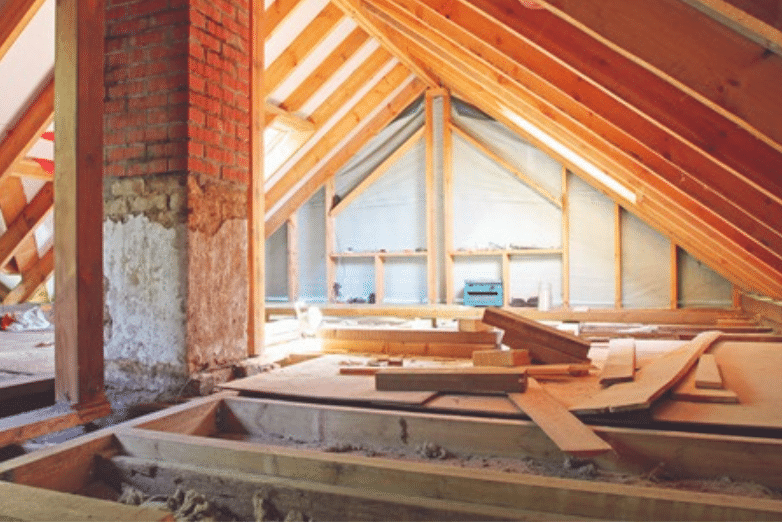What Homeowners Need to Know About Insulating An Attic

Attic insulation is a very important part of owning a home. Proper insulation means better heating in the winter and better cooling in the summer. According to the Department of Energy, stabilizing temperatures can reduce a home energy bill by as much as fifty percent. Important factors to consider include:

Verify What You Are Working With. Measure your current insulation’s thickness. Check online or with a professional to determine if any material is worth saving. Homes built prior to 1990 may need to be tested for asbestos, which would need to be removed and disposed of by a specialist.
Measure Twice, Cut Once. Know how much material is needed to complete the project by measuring your attic’s square footage. Loose fill will have amounts listed on the backs of bags. Batt measurements will be based on the length/width of the roll. Make sure to buy a little extra, just in case.
Number One Thing to Watch For…Airleaks! Without proper priming, insulation is rendered useless. Use spray foam around windows and fire retardant caulk/spray foam around pipes, wires, fans, and ducts. Furnace cement can be used around chimneys and flues.
Before You Begin… There are a few precautions to take before taking on a large insulation project. Make sure to patch all roof leaks. This prevents water from ruining all of your hard work. Moisture turns to mold, which is insulation’s worst enemy. Be sure all lights are specifically designed to come in contact with insulation, or that they are housed at a proper distance, in order to avoid a fire hazard. Point all exhaust fans outside to properly ventilate your space.
Protecting Your Biggest Asset: You. Equipment like goggles, long pants and long sleeves are essential to protect yourself from exposure to fibers. Masks can keep you from inhaling dangerous material. Proper lighting ensures a clear view of workspace. Plywood can be used as a stable surface to stand on, instead of relying on small joists, where it can be easy to lose your footing.
Covering all Access Points. All doors and hatches should be surrounded by weather stripping. Tents can be used to cover pull down stairs and ladders. Covering access points eliminates air and unnecessary moisture from entering the space.
Helpful Hints. Work from outer corners to the middle of the space, otherwise you may crush your freshly laid insulation. Be sure to shower immediately after working to eliminate fibers from skin. All work clothing should be thoroughly washed. Use depth guides to ensure uniformity with loose fills. Batts should be cut to fit around obstacles, cramming can reduce effectiveness. Make sure to eliminate all gaps. Batts can be cut with a chef’s knife, a large blade that is also cost effective. Batts should be laid with heavy layers on the bottom and lighter layers, like cotton, should be laid on top. This helps avoid compression, which can reduce effectiveness.
Insulating your attic can be an overwhelming project. But with the right information, it can be a great way to increase the value of your home while decreasing the amount spent on your monthly energy bill. Attic insulation can be a great DIY project, but it never hurts to have a professional on standby. Contact us with any questions or to receive a referral for insulation services.

